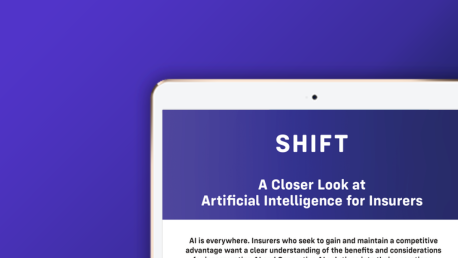Thinking about building your own AI-based solution to help your team make faster, more informed decisions? Read this first to ensure you have all the necessary tools at your disposal.
Build
Pros
- Control and customisation: Insurers have complete control over the solution ensuring its fit for specific business needs and use cases.
- Internal expertise: Internal DS and IT teams know data and specific pain points better than anyone else.
- Institutional knowledge: Insurers build valuable institutional knowledge needed to harness the power of AI.
- Intellectual property ownership: Insurers retain ownership of both IP and internal processes.
- Flexibility to experiment: Insurers are free to try out new emerging technologies giving them capabilities offering competitive advantages.
Cons
- Risk of failure: If the project does not go as expected, the sponsor is accountable for the failure.
- Challenging data cleaning: Most AI projects start and fail due to the massive data cleanup needed to run AI/ML scenarios against.
- Resource intensive: Significant IT and operational effort and resources are needed to maintain the solution.
- High total cost of ownership: The hidden costs involved in building and operating an in-house solution negatively impacts its return on investment.
- Cost to experiment: High storage and compute capacity costs to experiment & operationalise new technologies (e.g. GenAI) in-house is a huge barrier to entry for insurers.
Buy
Pros
- Economies of scale: Off the shelf AI products offer a rich roadmap of new capabilities, with regular upgrades to keep with latest trends.
- Quick time to value: Off the shelf vendor solutions can be deployed quickly, saving time for insurers to tend to other higher value projects.
- Flexibility and adaptability: Good vendor solutions offer flexibility and can adapt to changing fraud landscapes and business needs.
- User round-tables: Customers get the opportunity to interact with others in the same industry and exchange best practices and lessons learnt.
- Battle-tested: A system implemented at multiple customers benefits from being pressure tested with kinks and bugs smoothened..
Cons
- Customisation limitations: Vendor solutions may not perfectly match all specific requirements of the business, though configurability is often a key feature.
- Cost considerations: Faster time to value comes at a higher upfront cost.
- Vendor alignment: There is a risk that the vendor’s strategic direction may not always align perfectly with the insurer’s needs.
- Risk of vendor going out of business: Any customer choosing a software partner takes on the risk of that partner going out of business.
- Dependance on robust customer base: Insufficient depth in customer base (say in region or line of business) slows down maturity of a product.


